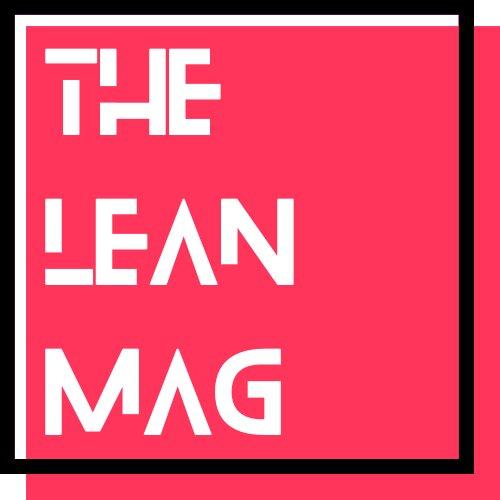Navigating the labor mismatch in US logistics and supply chains
Structural shifts in the labor market have left companies struggling to recruit and retain workers. But a set of concrete actions can help address this imbalance across value chains.
As the US economy recovers post-pandemic, demand for labor has outstripped supply. Companies are facing the “Great Attrition,” coupled with increased competition for labor. The transportation and logistics sector has been particularly hard hit, with the impact of worker-retention challenges and rising labor costs being felt across the entire value chain.
The labor mismatch has pushed private-sector wages to increase at more than double the long-term pre-COVID-19 growth rates, yet positions remain unfilled. There are several underlying factors for this imbalance. Some are directly related to the impact of the COVID-19 pandemic and are therefore likely to be temporary. There are indications, however, that deeper structural shifts are at play that could have a longer-lasting impact on labor supply and demand. On the supply side, evolving work preferences and accelerated retirement may continue for some time; likewise, demand shifts from services to goods also appear to have some staying power.
Addressing the challenges is not easy, and focusing on recruitment and pay may not be sufficient to resolve the issue. Successfully navigating the current labor mismatch requires a comprehensive set of coordinated actions that address labor issues and their effects across the value chain. Nevertheless, there are actions executives can take to respond.







